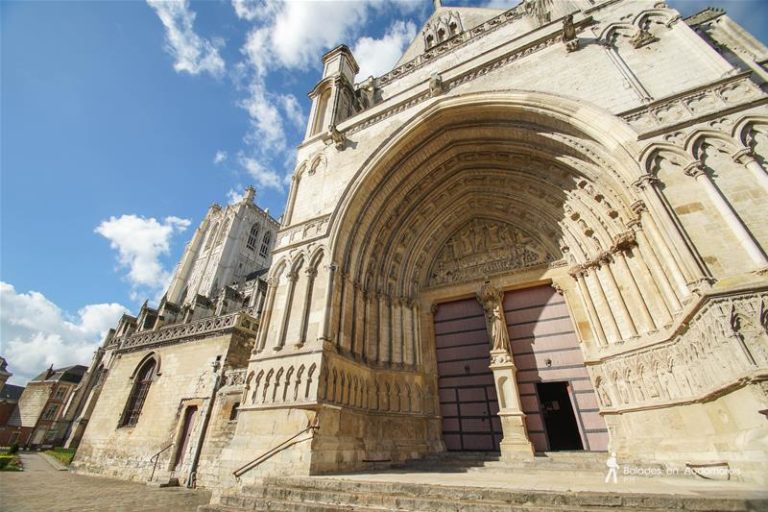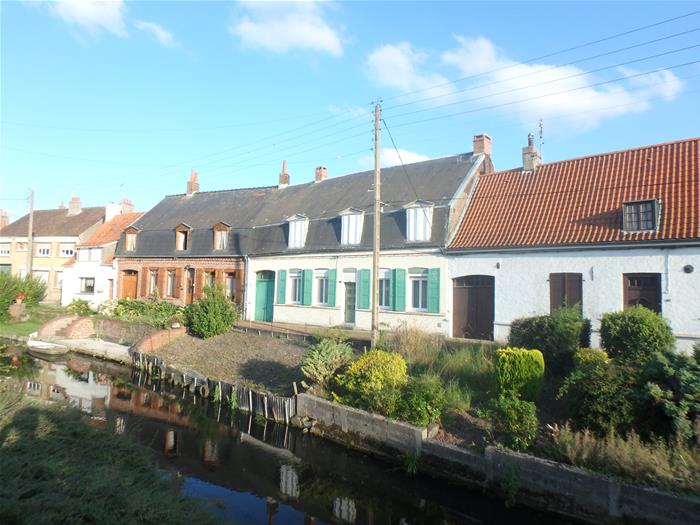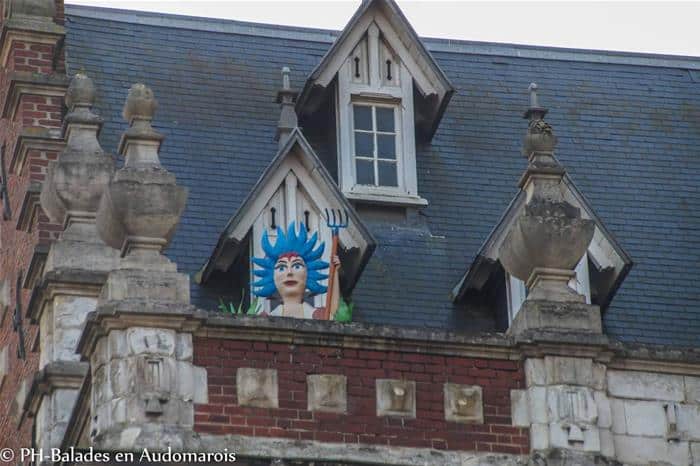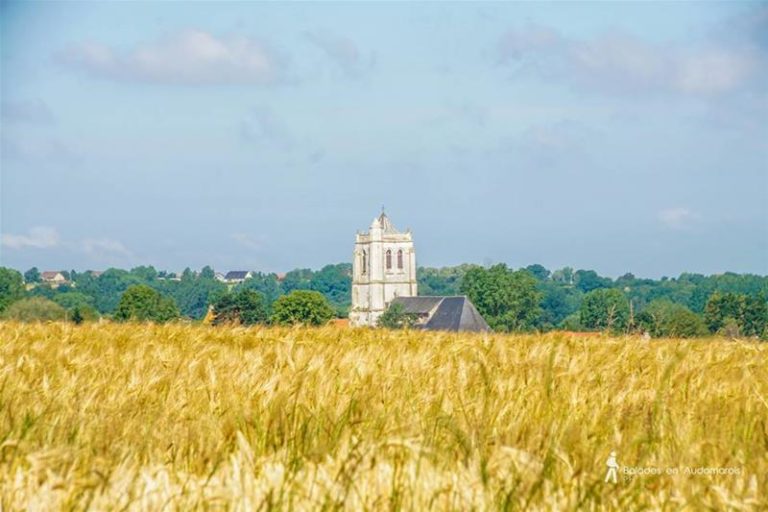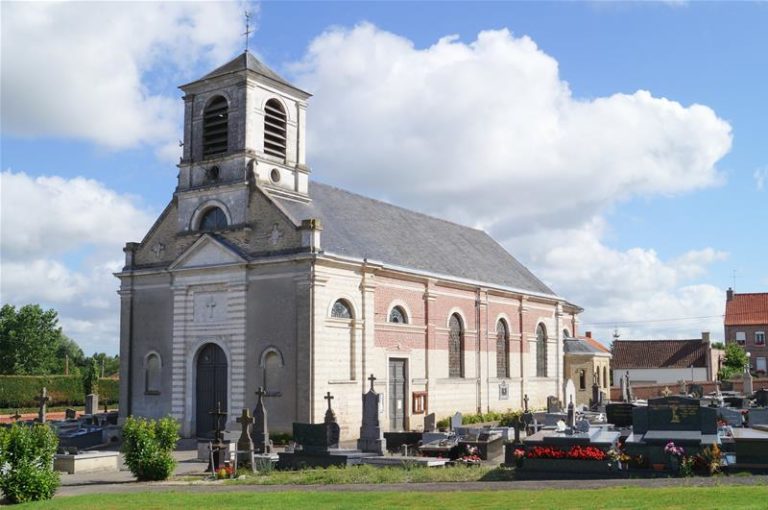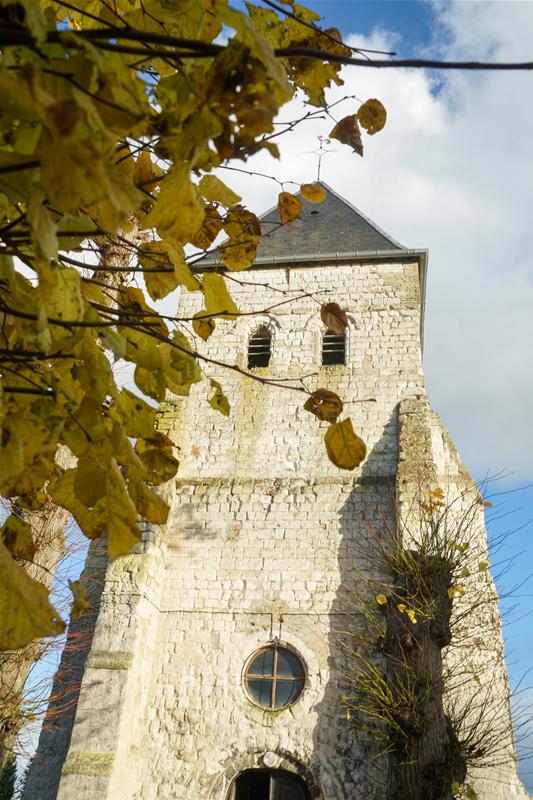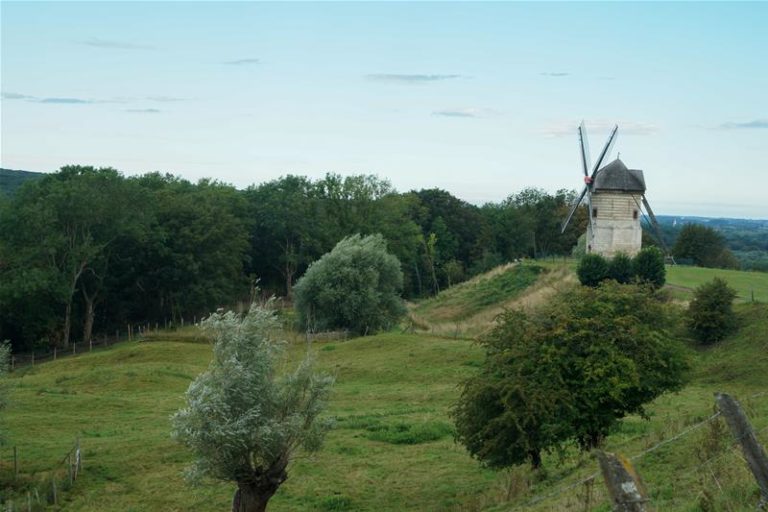A small coastal river in the north star of the crossword: the Aa
Who does not know the "first river of France"?
The first river in France, really? Admittedly, this is not a question of size, but of alphabetical order… But all the same! Because of this particularity, the Aa is one of the best-known rivers in France… especially to crusciverbists.
This 89 kilometer long waterway has its origins in the old Dutch word “Aha” meaning “water”.
The Aa has its source in the heights of Boulonnais in Bourthes. A name as for him resulting from "burthim", which one can translate in old Germanic by "village of the source". It crosses the territory, irrigates the canals and watergangs of the Audomarois marshes and continues its way towards the sea to flow into Gravelines, in maritime Flanders.
The Wild Aa
At the start in Bourthes, a long race awaits the waters of the Aa, having to face 111 meters of elevation over a 50 km course. The Aa takes on the appearance of a small stream on this section then of a thin wild river flowing down the Pas-de-Calais through fields. This mad rush ends up in the limestone valley of the Aa, near Wavrans-sur-l'Aa and Elnes in the Pays de Lumbres. There, the watercourse takes a brutal and surprising bend. It comes to us from a geological accident dating from prehistoric times.

The Channeled Aa
After passing through this limestone valley, the Aa calms down little by little at Blendecques on the Audomarois territory. The river also takes the opportunity to widen. The conditions are met for the Aa to be conducive to navigation. Let's discover without further delay the channels of the Aa.
Upper and Lower Meldyck
It is at the level of the town of Blendecques that the Aa divides into two canals dating back 12 centuries: the Haute-Meldyck and the Basse-Meldyck. These two canals were indeed dug and fitted out in the Middle Ages, and more precisely in the XNUMXth century by the monks. The purpose of these works was to operate the mills at Arques and the Abbey of Saint-Bertin.
If the Haute-Meldyck flows into the Neuffossé canal between Arques and Saint-Omer, the Basse-Meldyck joins the inland waters of the town of Saint-Omer before joining the canal itself.
The Neuffosse canal
At Arques, the Aa is also channeled with the Neuffossé canal. This historic structure started in the 1753th century for defensive purposes was fitted out for navigation in 1967 in order to connect the Aa and the Lys. It is on this canal that the Fontinettes lift (Arques) allowed barges, from the end of the 13th century until XNUMX, to cross a significant drop of more than XNUMX meters. In this town famous throughout France as the "Capital of Tableware" (with Arc International), the Aa joins the audomois marsh to irrigate it. The river indeed feeds from this point the 700 kilometers of canals and watergangs spread over 15 communes of the Audomarois.
Let's continue the thread of the Aa and travel a few kilometers to arrive in the capital of Audomarois: Saint-Omer. At the level of the city, the waterway of the Aa is divided into two arms. On one side, the neuffossé canal bypasses the town in its wide section made passable from 1955. On the other, a historic canal enters the suburbs of the city: it is the Haut- Bridge. Now a mere reach closed to river traffic, the Haut-Pont canal is the scene each year of the nautical procession of Saint-Omer. It also testifies to the time when barges, then of Freyssinet gauge, crossed the town of Saint-Omer. They were still circulating in the Haut-Pont at the end of the 60s, towed by small electric trains moving along the quays. It was only with the appearance of heavy-duty pushers that the historic canal was abandoned in favor of the wide-gauge canal.
On the borders of the Faubourg du Haut-Pont and the Doulac, acting as a buffer between Saint-Omer and Saint-Momelin, the historic canal and the wide-gauge canal come together to become one. The Aa then changes department, passing from Pas-de-Calais to the North, before arriving at the Goulet de Watten-Eperlecques.
This bottleneck is the starting point of three canalized routes: the Calais canal, the Colme canal (in the direction of Dunkirk) and the Aa canal itself. This Basse-Aa crosses the plains of maritime Flanders to reach Gravelines.

The tributaries of the Aa
In terms of tributaries, the Aa encounters small rivers and notable tributaries all along its course, such as the Bléquin and the Thiembronne on its wild portion, the Houlle on its artesian bank as well as the Hem a little lower down. .
The Aa, a wealth for the Audomarois
More than a millennium ago, the Aa delta was heavily flooded at each high tide. It regularly formed a sort of gulf that could stretch from the Dunkirk region to Watten!
From the 530th century, major works were undertaken, both in the Audomarois marshes and on the coast. Quickly, a dyke was installed at Gravelines-Oye-Plage to avoid the influence of the tides, while a network of watergangs was dug throughout the maritime plain. The purpose of these “water rings”? A better flow and therefore a better circulation of water in order to protect the land. We did the same inside the Audomarois marsh which still has XNUMX kilometers of drainage canals!
Then, with the creation of the Grand Large river in 1100 and the Aa canal sixty-five years later, Saint-Omer became a port city of international renown. Gravelines was then its outer port.
Since this great era marked by the sign of trade, the Aa has continued to serve the local economy, by allowing the transport of raw materials for the crystal works of Arques, for example. Its water and its flow also allowed the development of many industries: flour mills, paper and cardboard mills, tanneries, fish hatcheries, watercress nurseries, breweries, etc.
Today, barges no longer pass through the suburbs of Saint-Omer, the industrial world is undergoing major changes, the few surviving mills are no more than vestiges... However, it is not risky to assert that the Aa will still participate, for many centuries, in the influence of Audomarois!

